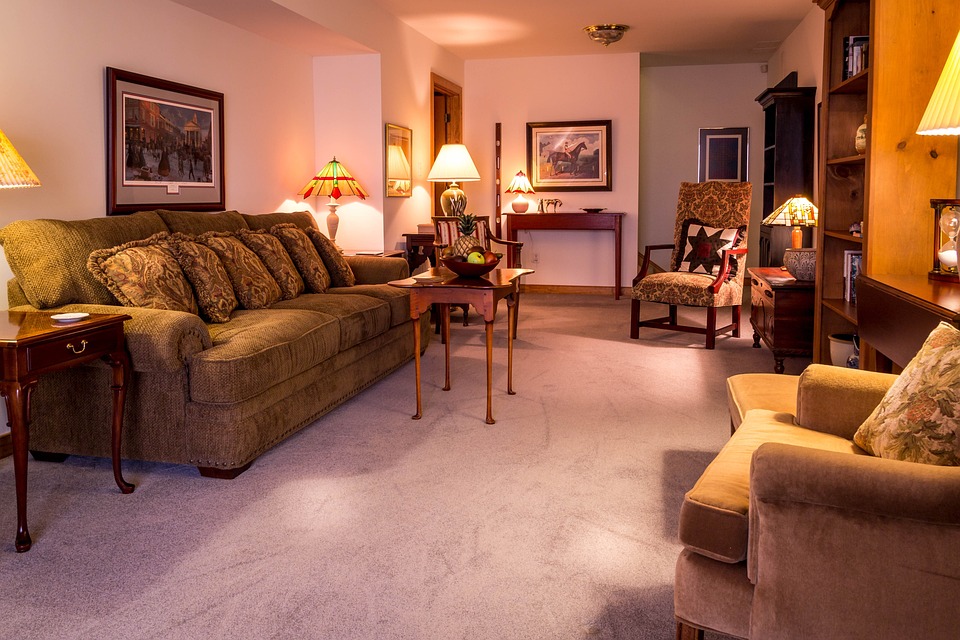Caring For Your Teak Cutting Board
When it comes to caring for teak cutting boards, a few simple steps can extend the life of your board exponentially. Teak’s naturally occurring oils help the wood resist moisture, rot, fungi, and warping, but with a little extra love, you can keep your beautiful teak cutting boards looking great indefinitely.
First and foremost, the most important way to add additional protection to your plantation teak cutting board is to season the surface with a liberal dose of the proper oil. This oil fills in the wood’s tiny pores and creates a barrier that keeps food particles and liquids from penetrating deep into the grain.
Materials
Most teak experts recommend USP-grade mineral oil. This food-grade oil will protect your cutting surface and won’t spoil. Other suitable treatments include coconut oil, almond oil, walnut oil, or beeswax. Coconut, almond, and walnut oils are all highly resistant to rancidity. More common cooking oils like olive or vegetable oil are not recommended for cutting surfaces due to their tendency to spoil — and who wants to cut their veggies on rancid oil?
Seasoning
To season your board, warm the oil and apply it with a soft cloth, following the direction of the wood grain. Don’t worry about applying too much oil — there is no such thing as “too much.” For the initial treatment, you’ll need to apply 4 or 5 coats, letting each coat dry for a minimum of 4 hours before applying the next.
Should you choose to go with beeswax as a sealant, simply apply the beeswax (on top of your mineral oil, ideally) then buff it off with a soft cloth. Alternatively, you can add 1/2 tsp of beeswax to 1 cup of mineral oil, heat this in the microwave for 45 seconds, and then simply apply it as if it were an oil.
Following the initial seasoning, you’ll want to reapply a coat of oil every two weeks to keep your board in tip-top condition.
Cleaning
DOs: When it comes time to clean your board, rinse it with soap and warm water, drying it thoroughly afterward.
To disinfect your plantation teak, wipe it down with undiluted white vinegar after each use. Vinegar is effective against E. coli, Salmonella, and Staphylococcus.
If you want to go a step further, you can wipe your board down with a 3% hydrogen peroxide solution, directly after wiping down the board with vinegar.
Don’t: When washing your board, don’t submerge the board underwater, for its porous surface can absorb water and cause cracking.
Harsh detergents are a big no-no, as are dishwashers and other places that are prone to extreme humidity or dryness.
Tips and Tricks
- To remove any odors left by fish, garlic, etc., try rubbing the surface with baking soda or a cut lemon, then wiping it down or rinsing.
- Flip your cutting board over from time to time (even though you may have a favorite side); using both sides will even the wear and prolong your board’s life.




